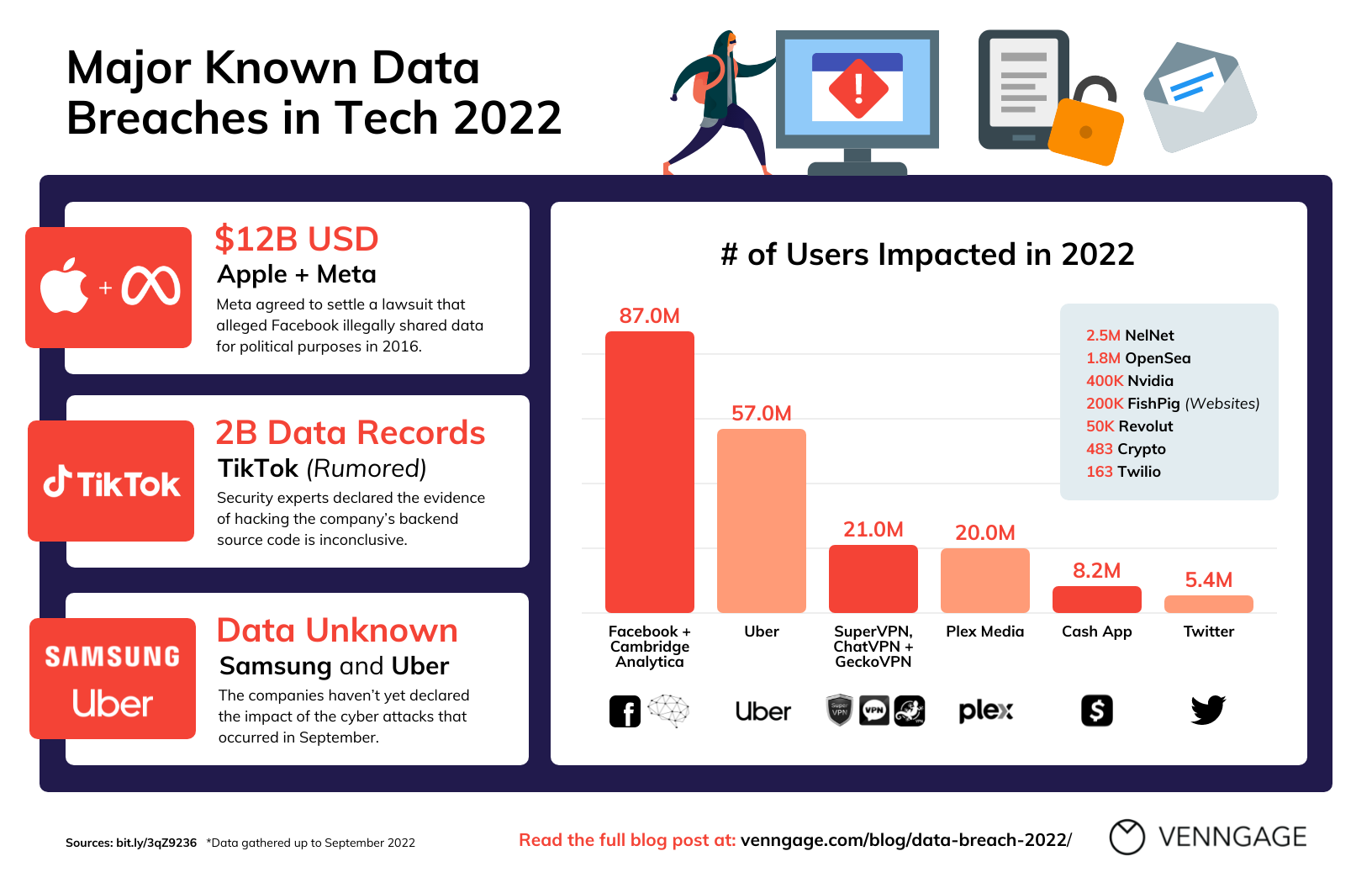Cybercriminal's Office365 Scheme: Millions In Profits From Executive Email Breaches

Table of Contents
How Cybercriminals Exploit Office365 Vulnerabilities
Cybercriminals employ various tactics to breach Office365 accounts, often focusing on exploiting human error or leveraging weaknesses in security protocols. Understanding these methods is crucial for effective prevention.
Phishing and Spear Phishing Attacks
Phishing attacks rely on deceptive emails designed to trick recipients into revealing sensitive information, such as login credentials. Spear phishing is a more targeted approach, personalizing emails to specific individuals, often executives, to increase the likelihood of success.
- Techniques: Attackers craft highly convincing emails mimicking legitimate sources, often using company logos and branding. They may create a sense of urgency, claiming an immediate action is required.
- Social Engineering: Criminals exploit psychological principles to manipulate victims into clicking malicious links or downloading attachments. They might impersonate trusted colleagues or superiors, requesting sensitive information or financial transactions.
- Examples: A common tactic is to send fake invoices demanding immediate payment, or emails claiming a security breach requiring immediate password reset (leading to a fake login page).
- Malware and Links: Phishing emails often contain malicious attachments (e.g., .doc, .exe files) or links redirecting to websites designed to steal credentials or install malware on the victim's computer.
Credential Stuffing and Brute-Force Attacks
These attacks attempt to gain unauthorized access to accounts using stolen or guessed credentials.
- Password Guessing: Attackers use lists of commonly used passwords or try variations of known information (like birthdays or names) to guess login credentials.
- Stolen Credentials: Data breaches from other sources provide attackers with a trove of usernames and passwords, which they then attempt to use on Office365 accounts.
- Multi-Factor Authentication (MFA): MFA significantly mitigates the effectiveness of these attacks by requiring multiple forms of authentication (e.g., password and a code from a mobile app).
- Strong Passwords: Using strong, unique passwords for each account is vital in preventing credential stuffing and brute-force attacks. Password managers can help securely store and manage complex passwords.
Exploiting Weak Security Practices
Many Office365 breaches stem from weak security practices within organizations.
- Outdated Software: Failing to update software and operating systems leaves systems vulnerable to known exploits.
- Weak Access Controls: Sharing passwords, using weak passwords, and failing to enforce strong access controls are major vulnerabilities.
- Employee Security Training: Lack of adequate employee security training leaves employees susceptible to phishing attacks and other social engineering tactics.
- Neglecting MFA: Not enabling MFA on Office365 accounts significantly increases the risk of account compromise.
The Impact of Executive Email Compromise (EEC)
The consequences of successful executive email compromise are far-reaching and devastating.
Financial Losses
EEC attacks often lead to significant financial losses.
- Wire Fraud and Invoice Scams: Criminals often redirect payments to their own accounts through fraudulent invoices or wire transfer requests.
- Average Cost: The average cost of an Office365 breach can run into tens of thousands, even millions of dollars, depending on the scale and impact of the attack.
- Reputational Damage & Investor Confidence: Financial losses are often accompanied by reputational damage and loss of investor confidence, potentially impacting the company’s future viability.
Reputational Damage
A data breach can severely damage a company's reputation.
- Customer Trust: Customers may lose trust in a company that has experienced a data breach, potentially leading to a loss of business.
- Future Opportunities: Reputational damage can make it difficult for a company to secure new business opportunities or attract investment.
- Transparency: Swift and transparent communication with customers and stakeholders after a breach is crucial for mitigating reputational damage.
Legal and Regulatory Consequences
Organizations face legal and regulatory repercussions following a data breach.
- GDPR, CCPA Fines: Non-compliance with data protection regulations like GDPR and CCPA can result in significant fines.
- Legal Liabilities: Companies may face lawsuits from affected individuals and other parties.
- Incident Response Plan: A well-defined incident response plan is essential for minimizing the impact of a breach and demonstrating compliance with regulations.
Protecting Your Organization from Office365 Email Breaches
Protecting your organization requires a multi-layered approach encompassing technology, training, and planning.
Implementing Robust Security Measures
Strong security measures are crucial in preventing Office365 breaches.
- Multi-Factor Authentication (MFA): MFA is essential for adding an extra layer of security to all Office365 accounts.
- Strong Passwords & Password Managers: Enforce strong, unique passwords and encourage the use of password managers.
- Security Audits & Penetration Testing: Regular security audits and penetration testing identify vulnerabilities and weaknesses.
- Advanced Threat Protection: Implementing advanced threat protection solutions helps detect and block sophisticated attacks.
Employee Training and Awareness
Training employees is paramount in preventing phishing and other social engineering attacks.
- Security Awareness Training: Regular security awareness training programs educate employees about phishing tactics and safe online practices.
- Reporting Suspicious Emails: Employees should be trained to immediately report any suspicious emails or attachments.
Incident Response Planning
Having a comprehensive incident response plan is crucial in minimizing the impact of a breach.
- Incident Response Plan: Develop a detailed plan outlining steps to take in the event of a successful breach.
- Communication Plan: Establish a communication plan to ensure timely and effective communication with stakeholders.
Conclusion
Cybercriminal activity targeting Office365 accounts, particularly executive email compromise, poses a significant and growing threat to businesses worldwide. The financial and reputational consequences can be devastating. By implementing robust security measures, providing comprehensive employee training, and developing a detailed incident response plan, organizations can significantly reduce their vulnerability to these sophisticated attacks. Don't become another statistic; proactively protect your organization from costly Office365 email breaches today. Learn more about safeguarding your executive accounts and implementing effective security strategies against these increasingly prevalent attacks.

Featured Posts
-
 Graeme Souness Highlights Lewis Skellys Impressive Attitude
May 03, 2025
Graeme Souness Highlights Lewis Skellys Impressive Attitude
May 03, 2025 -
 Tributes Pour In Manchester United And Bayern Munich Remember Poppy Atkinson
May 03, 2025
Tributes Pour In Manchester United And Bayern Munich Remember Poppy Atkinson
May 03, 2025 -
 Netherlands Largest Heat Pump Utrecht Wastewater Plant Innovation
May 03, 2025
Netherlands Largest Heat Pump Utrecht Wastewater Plant Innovation
May 03, 2025 -
 Improved Fortnite Item Shop Navigation With New Feature
May 03, 2025
Improved Fortnite Item Shop Navigation With New Feature
May 03, 2025 -
 Christina Aguileras New Photos Is Too Much Photoshopping Changing Her Appearance
May 03, 2025
Christina Aguileras New Photos Is Too Much Photoshopping Changing Her Appearance
May 03, 2025
Latest Posts
-
 Drone Attack On Gaza Freedom Flotilla Ship Sos Signal Issued Near Malta
May 03, 2025
Drone Attack On Gaza Freedom Flotilla Ship Sos Signal Issued Near Malta
May 03, 2025 -
 Malta Coast Gaza Freedom Flotilla Ship Issues Sos After Drone Attack
May 03, 2025
Malta Coast Gaza Freedom Flotilla Ship Issues Sos After Drone Attack
May 03, 2025 -
 Gaza Freedom Flotilla Sos Ship Reports Drone Attack Off Malta
May 03, 2025
Gaza Freedom Flotilla Sos Ship Reports Drone Attack Off Malta
May 03, 2025 -
 Barrow Afc Fans Take On Sky Bet Every Minute Matters Cycle Relay
May 03, 2025
Barrow Afc Fans Take On Sky Bet Every Minute Matters Cycle Relay
May 03, 2025 -
 Barrow Afc Supporters Pedal For Charity In Sky Bet Relay
May 03, 2025
Barrow Afc Supporters Pedal For Charity In Sky Bet Relay
May 03, 2025
